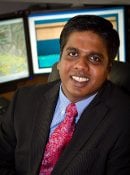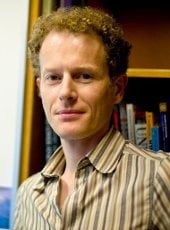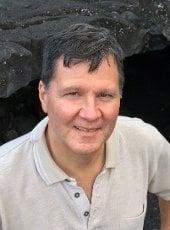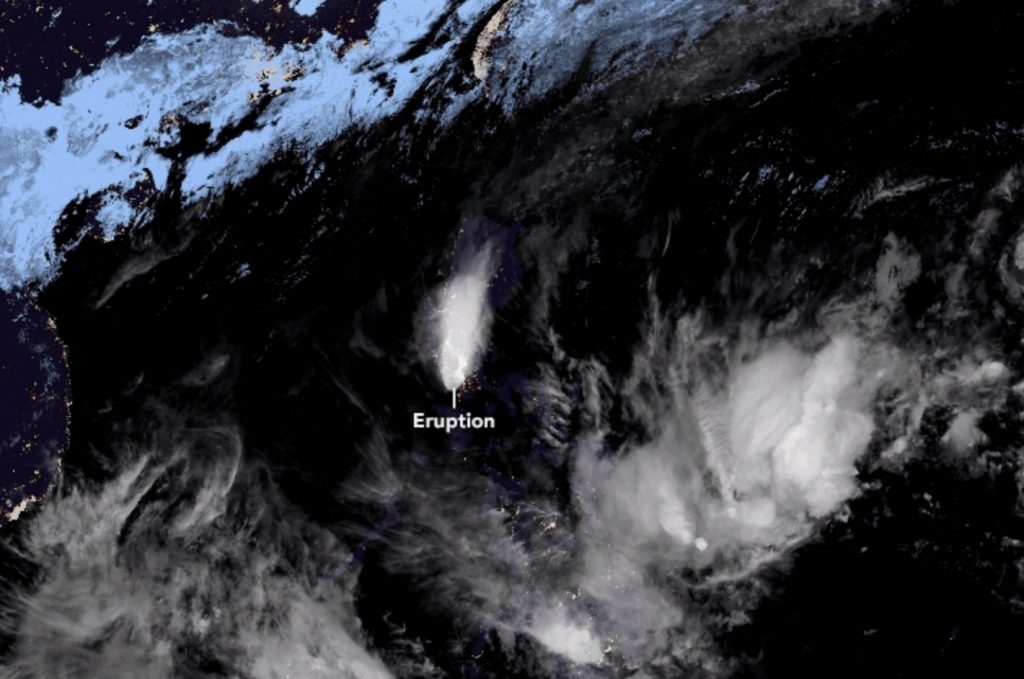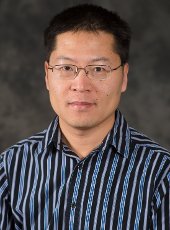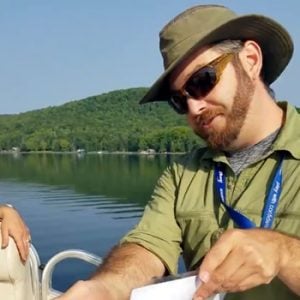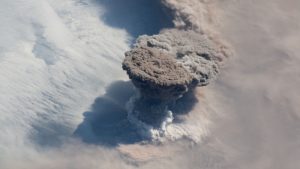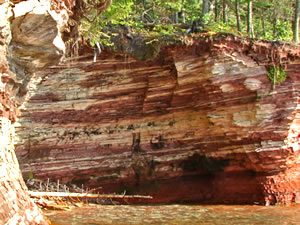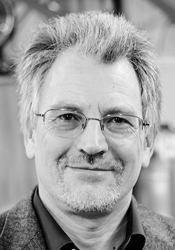
Aleksey Smirnov (GMES) was named one of the American Geophysical Union’s Outstanding Reviewers of 2019. Smirnov was cited for his service to Geophysical Research Letters.
In 2019, AGU received over 16,700 submissions and published over 7,000. AGU is working to highlight the valuable role of reviewers through events (though they may be virtual) at the Fall Meeting and other meetings.
